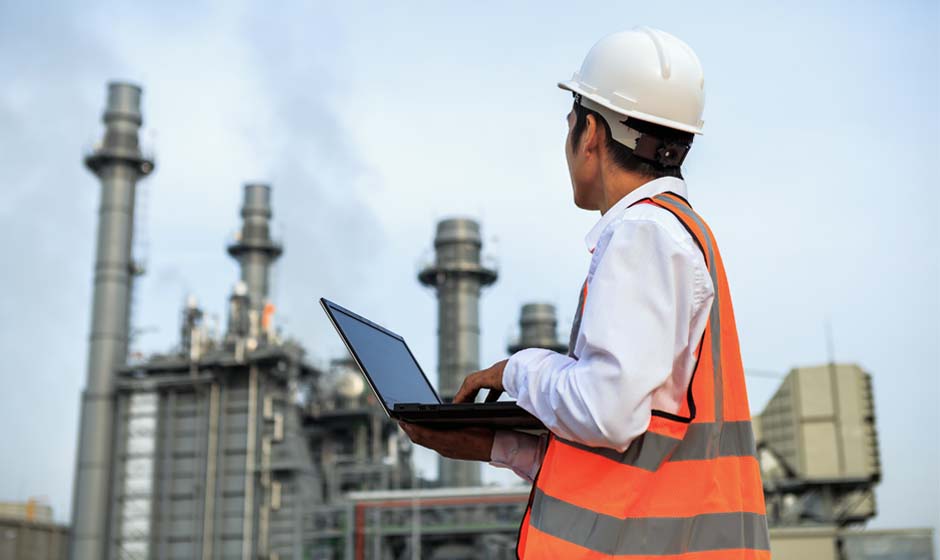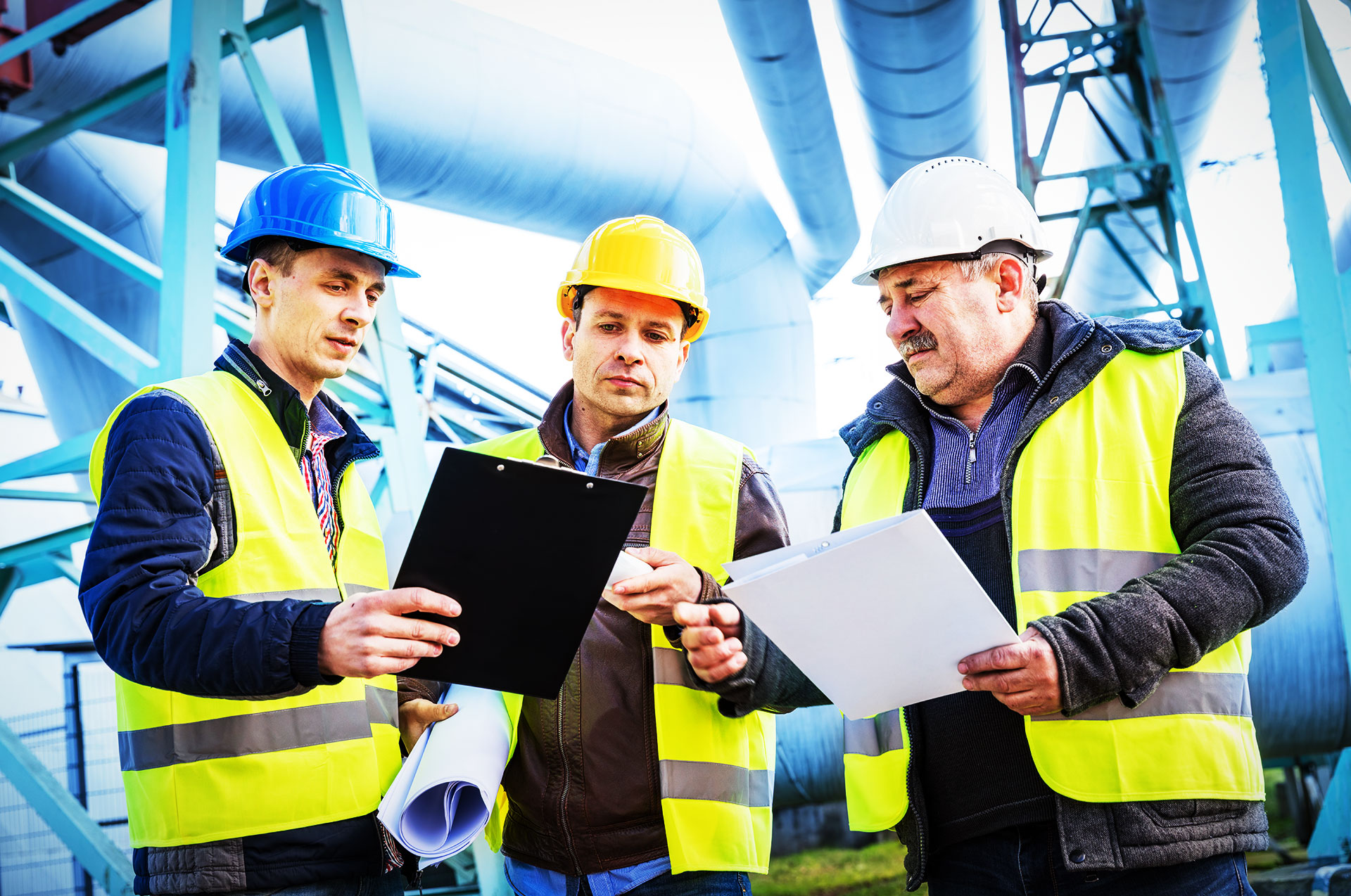Advancements in Offshore Oil and Gas Safety Measures
The offshore oil and gas industry is one of the most complex and challenging industries in the world, with numerous risks and hazards to overcome. In recent years, the industry has made significant progress in improving safety measures to prevent accidents, protect the environment, and ensure the well-being of personnel. In this blog, we explore some of the advancements in offshore oil and gas safety measures and their impact on the industry.
Prevention through Design
The concept of prevention through design (PtD) is becoming increasingly prevalent in the offshore oil and gas industry. PtD involves integrating safety considerations into the design of facilities, equipment, and processes to minimize risks and hazards before an accident can occur. By incorporating safety features such as automatic shut-off valves, fire suppression systems, and emergency response equipment, offshore operations can significantly mitigate the potential impact of incidents.
Advanced Technologies
Incorporating advanced technologies is another area where safety measures in offshore oil and gas are improving. Numerous safety technologies are available today, including advanced sensor systems, remotely operated vehicles, and real-time monitoring systems. These technologies help operators detect potential safety hazards, such as gas leaks or equipment malfunctions, before they cause significant damage or harm.
Improved Training and Education
Improved training and education are critical in enhancing offshore oil and gas safety measures. To improve safety, companies provide extensive training to their personnel on relevant safety procedures and regulations. A large number of training programs teach safety training requirements established by the American Petroleum Institute (API) and international regulators. Additionally, companies are investing in virtual reality and simulation training tools to create highly-realistic scenarios for personnel to improve their responses to emergencies.
Rigorous Safety Standards
Regulatory bodies, such as the Bureau of Safety and Environmental Enforcement (BSEE), are continually working to enhance offshore safety regulations and standards. These regulations aim to promote safety, reduce risks, and prevent oil spills and other environmental incidents. Through rigorous safety inspections, audits, and enforcement of recommended practices, regulatory bodies are improving the safety performance of offshore oil and gas operations.
Safety Culture
Creating a safety culture that permeates throughout an organization is another significant advancement in offshore oil and gas safety measures. Safety culture refers to the shared values, beliefs, attitudes, and behaviors that guide and influence safe work practices and decision-making in the workplace. Creating a robust safety culture involves encouraging open communication, learning from failures, and providing personal protective equipment for the personnel.
Our Final Thoughts
In conclusion, improvements in offshore oil and gas safety measures are essential in reducing risks, protecting the environment, and ensuring the safety of personnel. Through prevention through design, advanced technologies, improved training and education, rigorous safety standards, and creating a safety culture, the industry is making significant strides in advancing safety measures offshore. Investing resources and knowledge in improving safety performance ultimately benefits the entire industry and the environment at large.


.jpg)
